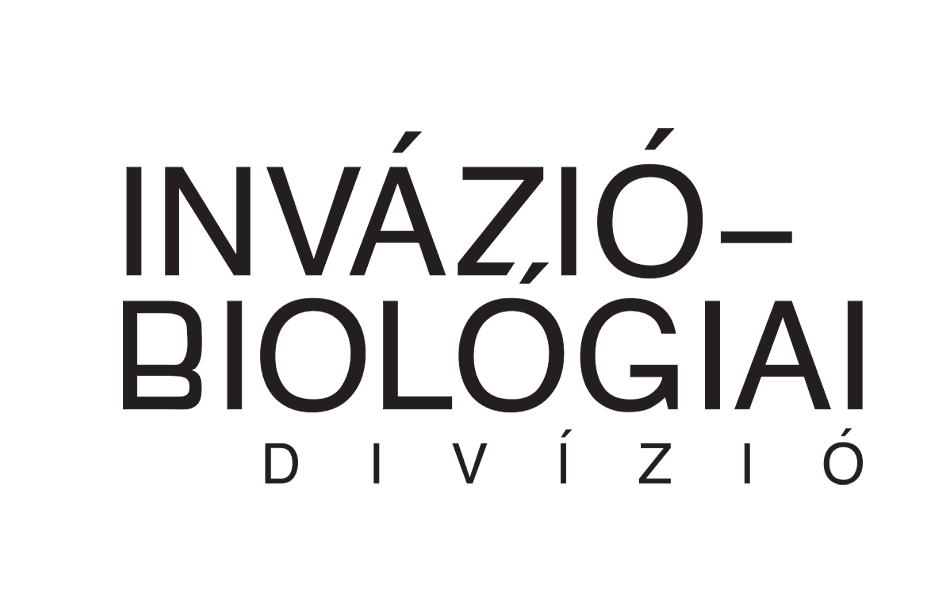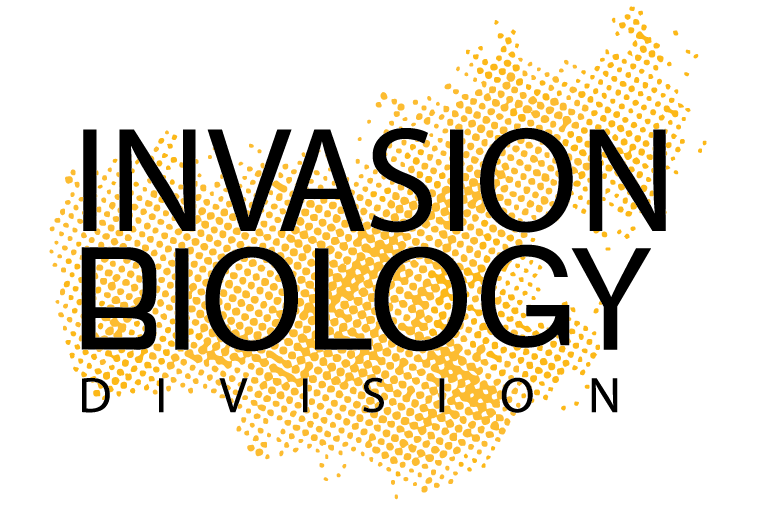Community science based monitoring of invasive mammal and bird species of Hungary has begun in a cooperation between the Institute for Wildlife Management and Nature Conservation of Hungarian University of Agriculture and Life Sciences (MATE) and the Institute of Ecology and Botany, Centre for Ecological Research.
On the BeaverMap website [https://hodterkep.hu/upload-semiaquatic-mammals], maintained by the Centre for Ecological Research, researchers are collecting data about five semi-aquatic mammal species, which are the following: Eurasian beaver – a native species with community interest in the European Union; nutria, American mink and muskrat – invasive alien species; Eurasian otter – a strictly protected native species in Hungary. If the informant is unsure in the identification of the observed semi-aquatic mammal species, he can ask for help from the researchers. When submitting an observation, the informant has to upload at least one documentative photo, mark the location on the map, and fill out a short questionnaire. In the frame of the questionnaire, it is also possible to share experiences and opinions related to the activity and effects of the species.
The new website [https://invazivadak.uni-mate.hu/] of the MATE Institute for Wildlife Management and Nature Conservation aims to collect data about some invasive mammalian and bird species with game management interest. Informants can submit data about the raccoon, raccoon dog, muskrat, nutria, American mink, Canada goose and Egyptian goose. Based on photos and descriptions placed on the website, it is possible to recognize the observed species with a high certainty. On the basis of these, we expect registered users to provide data on species observations, supported by photos if possible.
Related links:
HódTérkép Vízhez kötődő emlősfajok bejelentése
MATE Vadgazdálkodási és Természetvédelmi Intézet inváziós vadfajok bejelentésére



